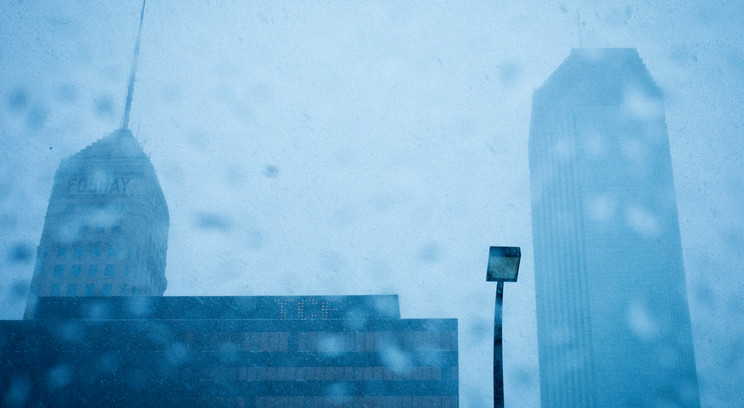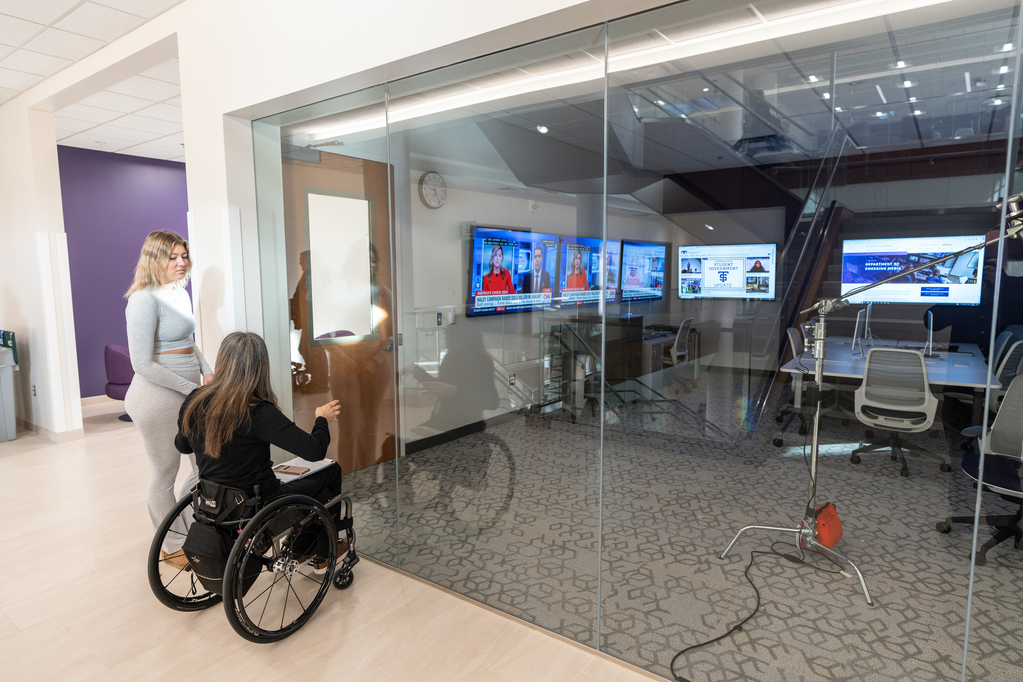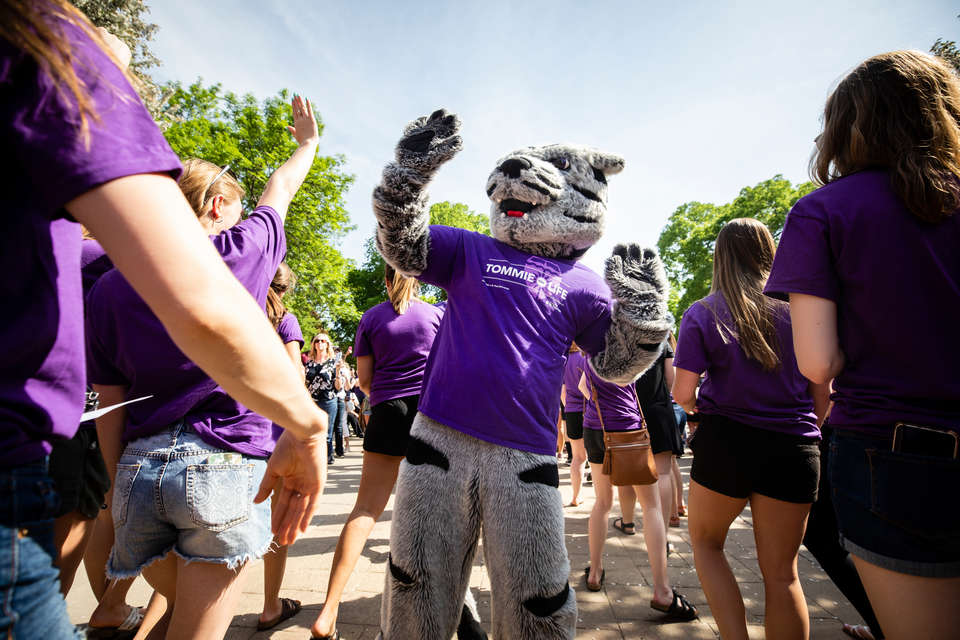This past winter saw the arrival of the polar vortex and the plunging of the jet stream bringing record cold to the Midwest, record snowfall to the Mid-Atlantic States and New England and ice, sleet and freezing rain to the south and south east. Here in the Twin Cities we’ve had 53 subzero days, an average temperature of 9.7 F, and almost 70 inches of snow, 18 inches more than normal. The Star Tribune reported the economic impact of one big snowstorm at $167.5 million. To be sure, this was a winter to remember!
So how did this winter impact retailers? Well, higher heating bills, more car accidents, and damaged homes took spendable money out of consumers’ pockets. This is reflected in softer retail sales, especially in January where total sales declined by 0.4% from December on a seasonally adjusted basis. Retail categories most impact by the cold and snow were auto dealerships, eating and drinking establishments, sporting goods, consumer electronics and appliances, furniture and specialty stores.
Some weather impacts occur across all retail categories, others have different impacts on different retailers. Staffing levels are based of anticipated store traffic and sales. Winter weather often reduces store traffic and results in the need for fewer employees needed. On the other hand consumers may shop grocery stores in advance of cold or snow, while they may wait on purchasing sand and salt. Cold weather probably impacts sales more than snow. Why? Cold spells usually last longer and consumers can defer purchases longer. Snow and ice storms lead consumers to buy ahead of the storm. However, the impact of an ice storm on an individual consumer is less predictable.
“You usually never make-up sales,” says Roberta Bonoff, CEO of Creative Kid Stuff. “Once they are lost they are gone. You concentrate your efforts on what you need to do to gain additional business long term.”
While it is difficult to predict the exact impact on retailers; service-oriented retailers are usually more negatively impacted then product-oriented retailers. For instance, restaurants, beauty shops, massage parlors are greatly impacted as consumer decide not to go out or even cancel reservations and appointments. On the other hand, online retailers are open 24/7/365. Often times they gain sales at the expense of store based retailers. There is a fly in the ointment though. Both types of retailers are impacted by logistics. Snow storms affect deliveries to all retailers and deliveries to consumers as well.
“Retail is constantly adapting, looking for ways to adjust your business to succeed and then figuring out where you want to be on the adapting cycle,” said Bonoff. “I have been doing this job for 16 years, and the effect of on-line, social media and technology—primarily now cell phones and tablets—has been and continues to be a total game changer.”
Let’s examine the impact of weather on selected retailers. Hardware stores love snow. Sales of snow shovels, snow blowers, roof rakes, salt, etc. increase while sales of basic products suffer. Home improvement store sales of chain saws and generators soar when ice storms bring down trees and power lines, but reduce sales of basics. Apparel stores sell more winter coats and jackets, boots, mittens, gloves, etc., but less fashion goods. Restaurant sell more “feel good” food during cold weather and fewer salads and lighter foods. Most retailers including shopping centers and free-standing retailers have to cope with snow removal resulting in fewer parking places and more snow, slush, and dirt in the store resulting in more maintenance and higher expenses. In the end, most things will even out…well mostly, but for the short term winter weather can be very disruptive.
Whether it was delivering last minute shoppers products on-line for the holidays during a storm—or the news media keeping everyone away because an “imminent storm” is approaching weather does effect retail. Excuses are never a retailer’s way to run a business, but it does get to a point when you have to face facts. There isn’t a part of your business that isn’t effected, the big question is: what do you do, how do you plan, and how do you adjust to each situation?
The impact of this year’s winter weather is also reflected in the larger economy as well. Economists are predicting that the first quarter Gross Domestic Product may be off by as much as ½% mainly due to weather. Employment gains from December through February have averaged 121,000 or about 30% less that the average monthly gain during 2013. Similarly, retail employment slipped in January and February on a seasonally adjusted basis.
Dave Brennan is a professor of marketing in the Opus College of Business. Bonoff and Brennan will come together May 7 for a discussion on consumer behavior in the final Intersections series event for the academic year. Learn more and register to attend.







